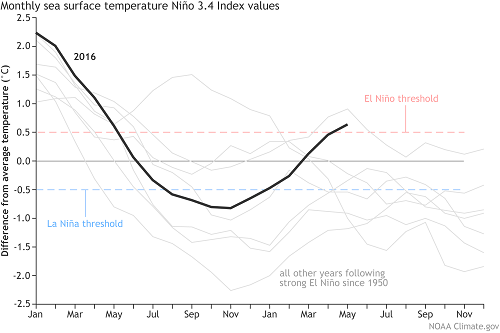
Story of the Week... Editorial of the Week... SkS Highlights... El Niño/La Niña Update... Toon of the Week... Quote of the Week... Graphic of the Week... SkS in the News... Photo of the Week... SkS Spotlights... Video of the Week... Reports of Note... Coming Soon on SkS... Poster of the Week... Climate Feedback Reviews... SkS Week in Review... 97 Hours of Consensus...
June 2017 ENSO update: pancake breakfast
A change is afoot! After months of suggesting an elevated chance for El Niño to develop, the CPC/IRI forecast has flattened out, and neutral conditions are expected (50-55% chance) to continue through the fall.
A recipe for neutral
In fact, the Nino3.4 region (a key ENSO monitoring area in the tropical central Pacific) is hovering around 0.5°C warmer than the long-term average. Yep, that’s the threshold for El Niño, but surely you remember that ENSO is a seasonal phenomenon, meaning those warmer sea surface temperatures need to stick around for several months—long enough to provoke an atmospheric response.

Monthly sea surface temperature in the Niño 3.4 region of the tropical Pacific compared to the long-term average for all years starting off from moderate-to-strong El Niño since 1950, showing how 2016 (blue line) compares to other events. Climate.gov graph based on ERSSTv4 temperature data.
Despite the warmer sea surface temperatures, the atmosphere is not behaving like El Niño. During May, the indicators that we track looked very average, including both the upper-level and near-surface winds over the equatorial Pacific and the amount of rain and cloudiness in the central Pacific and Indonesia. The indexes that measure the difference in the atmospheric pressure between the central Pacific and the far western Pacific, the Southern Oscillation Index and the Equatorial Southern Oscillation Index, were both close to zero in May, indicating, again: neutral conditions.
Most of the recent forecast models predict that the Niño3.4 region will move closer to average temperatures over the next few months. The average of all the dynamical model forecasts in the North American Multi-Model Ensemble flattens out at slightly above the long-term mean for the rest of this year. Averaging all model forecasts together usually produces the best forecast, because it reduces the noise and highlights the signal. Stay tuned—next month, I’m writing a post all about computer climate models. (Try to contain your excitement!)
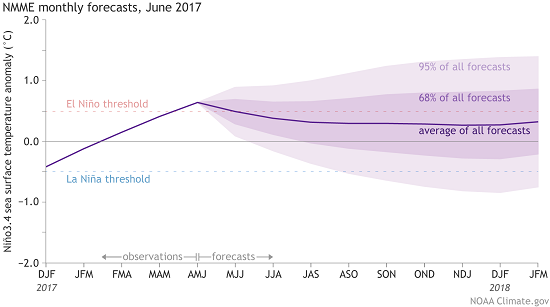
Climate model forecasts for the Niño3.4 Index, from the North American Multi-Model Ensemble (NMME). Darker purple envelope shows the range of 68% of all model forecasts; lighter purple shows the range of 95% of all model forecasts. NOAA Climate.gov image from CPC data.
Combine these neutral atmospheric conditions, cooling forecasts, and the lack of any substantial warmth under the surface of the Pacific, and you get the current forecast of an approximately 50-55% chance of continuing neutral conditions through the fall.
June 2017 ENSO update: pancake breakfast by Emily Becker, ENSO Blog, NOAA Climate.gov, June 8, 2017

Per Espen Stoknes, a Norwegian psychologist, has examined why people continue to feel disconnected from climate warnings, despite the strength of the science. He says, “People think this is far off – it is not here and now, it’s also up there in the Arctic or Antarctica, it affects other people, not me, I’ll be old before this really happens, other people are responsible, not me. We distance ourselves from it in so many ways that the pure facts are not sufficient to generate a sustained sense of risk”.
Caring about climate change: it's time to build a bridge between data and emotion, Opinion by Ketan Joshi, Guardian, June 6. 2017
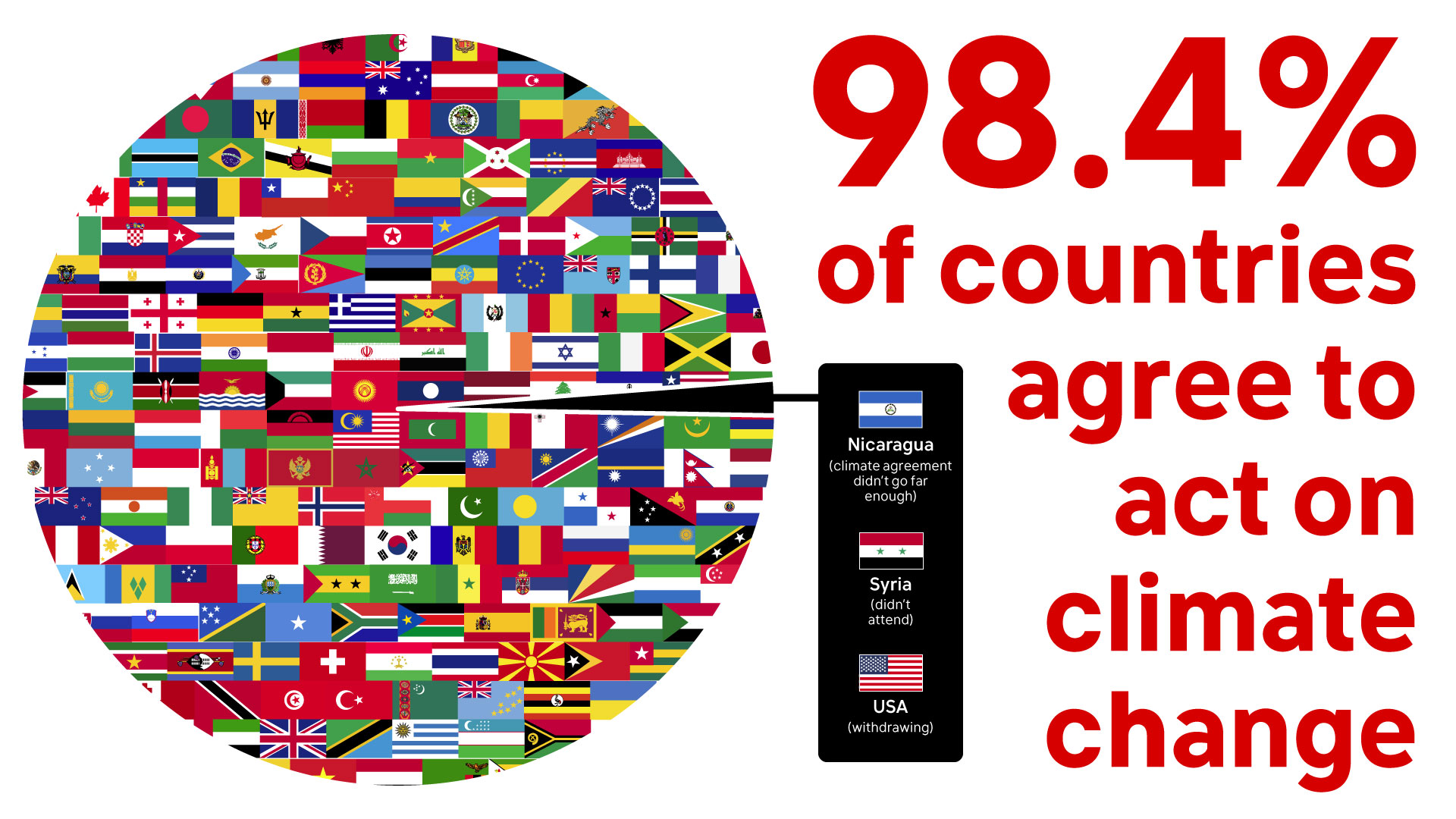
High resolution JPEG (1024 pixels wide)
[To be added]

Indians cool off themselves at a fountain near the India Gate monument on a hot day in New Delhi, India, Tuesday, June 6, 2017. (AP Photo/Altaf Qadri)
Study: India’s rising temperatures are already deadly by Katy Daigle, AP, June 7, 2017
The Renewable Energy Policy Network for the 21st Century (REN21) is the global renewable energy policy multi-stakeholder network that connects a wide range of key actors. REN21’s goal is to facilitate knowledge exchange, policy development and joint action towards a rapid global transition to renewable energy.
REN21 brings together governments, nongovernmental organisations, research and academic institutions, international organisations and industry to learn from one another and build on successes that advance renewable energy. To assist policy decision making, REN21 provides high quality information, catalyses discussion and debate and supports the development of thematic networks.
REN21 is an international non-profit association and is based at the United Nations Environment Programme (UNEP) in Paris, France. REN21’s network structure is made up of the following agents:
– the General Assembly
– the Steering Committee
– the Bureau
– the Secretariat
Read more at: http://www.ren21.net/about-ren21/about-us/
Darth Trump’s Climate Alliance Exit #Episode I “Hope”
On a planet very near, very near indeed….
It is a period of climate change. The Resistance rushes to bring about a clean energy revolution, but Darth Trump ended a newly formed alliance to address the growing climate crisis.
The Jedi meanwhile try to gather as much climate data as possible, to help better predict future outcomes, and to inform the public. At the same time heat trapping gases are still released into the atmosphere, further contributing to warming the planet.
Climate State, June 5, 2017
Renewables 2017 Global Status Report
The 2017 Edition of the REN21 Renewables Global Status Report reveals a global energy transition well underway, with record new additions of installed renewable energy capacity, rapidly falling costs, and the decoupling of economic growth and energy-related carbon dioxide (CO2) emissions. This year’s report continues REN21’s long-standing tradition of providing the most up-to-date data and informative infographics to detail renewable energy’s contribution to the energy transition.
Read more at: http://www.ren21.net/status-of-renewables/global-status-report/
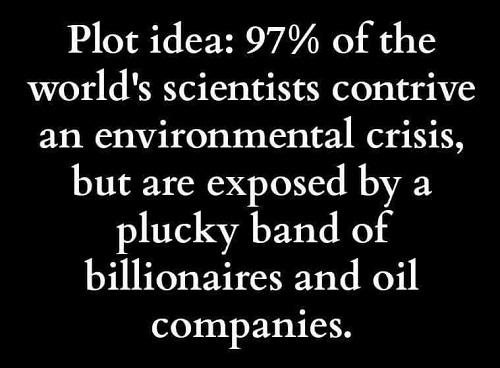
Climate Feedback asked its network of scientists to review Global Warming’ Is a Myth, Say 58 Scientific Papers in 2017 by James Delingpole, Breitbart, June 6, 2017
Five scientists analyzed the article and estimated its overall scientific credibility to be ‘very low’.
A majority of reviewers tagged the article as: Cherry-picking, Derogatory, Flawed reasoning, Inaccurate, and Misleading
Click here to acess the entire review.
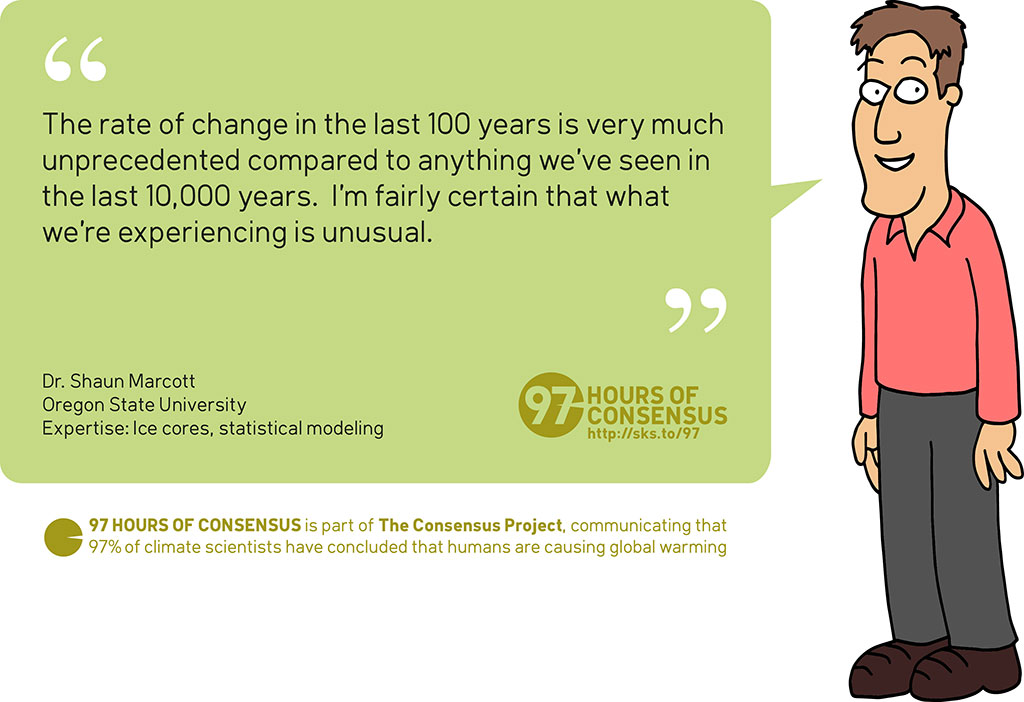
Shaun Marcott's bio page and quote source.
High resolution JPEG (1024 pixels wide)
Posted by John Hartz on Sunday, 11 June, 2017
 |
The Skeptical Science website by Skeptical Science is licensed under a Creative Commons Attribution 3.0 Unported License. |